In addition to the unique natural landscape that is likened to a paradise on earth, the diversity and richness of culture and religion is also a very special thing that attracts tourists when coming to Bali. Although the majority of the population (nearly 87%) follows Hinduism. It is the colorful spiritual breath that has created a mysterious and enchanting Bali in the eyes of tourists everywhere.

A peaceful corner in Ubud, Bali
Although the administrative capital of Bali is Denpasar, the heart of Bali's tourism is the town of Ubud. Ubud not only has spectacular rice terraces, winding mountain passes, but also poetic forests, shady parks, suitable for those who love and want to return to nature.
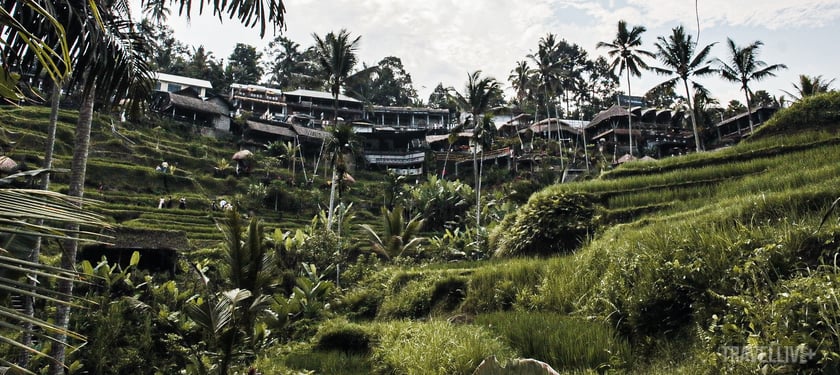
The image of local houses mixed in with terraced rice fields has become a symbol of Ubud and Bali.
Despite welcoming millions of tourists to Bali every year, the people here still maintain their traditions from thousands of years ago. The majority of Balinese people follow a separate branch of Hinduism – called Agama Hindu Dharma.
The houses of the local Balinese are built like typical temples in their own religion and beliefs with the gate of Hinduism meticulously carved with countless ancient religious motifs. If you are not careful, visitors can mistakenly step into the house of the local people because the outside structure is no different from an ancient temple.
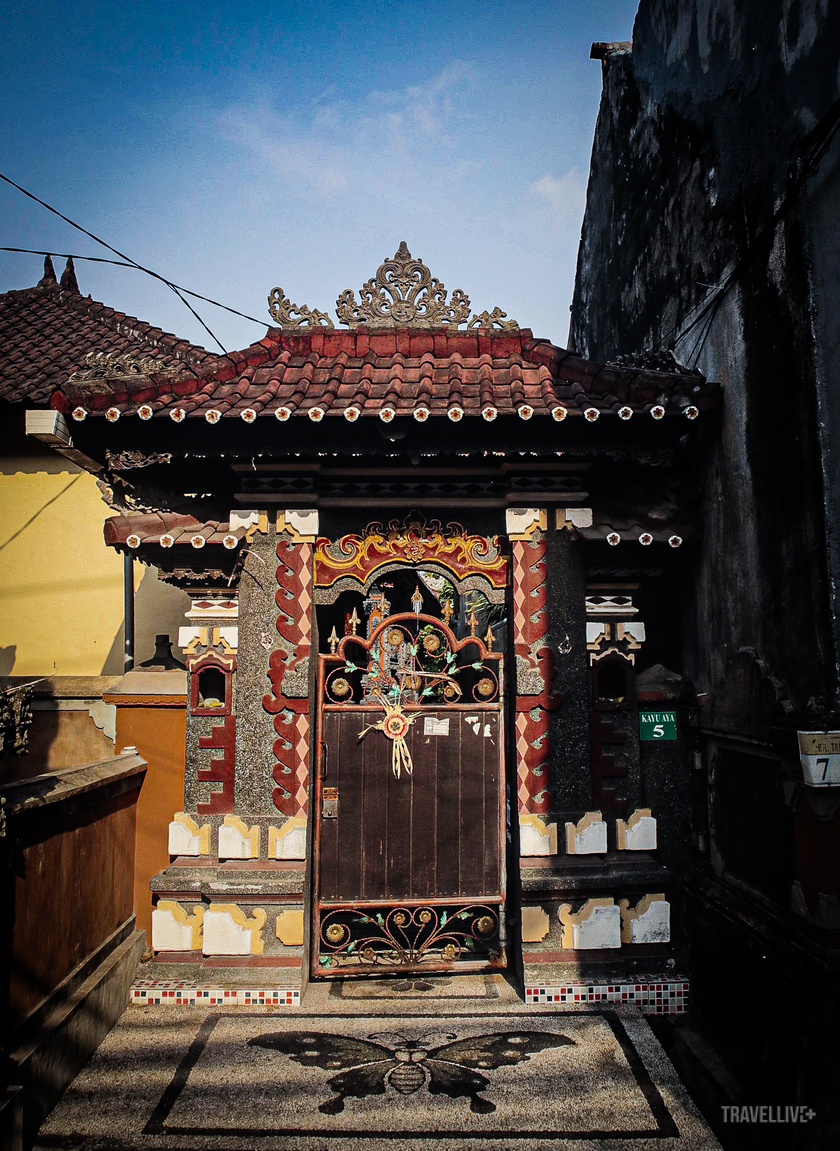
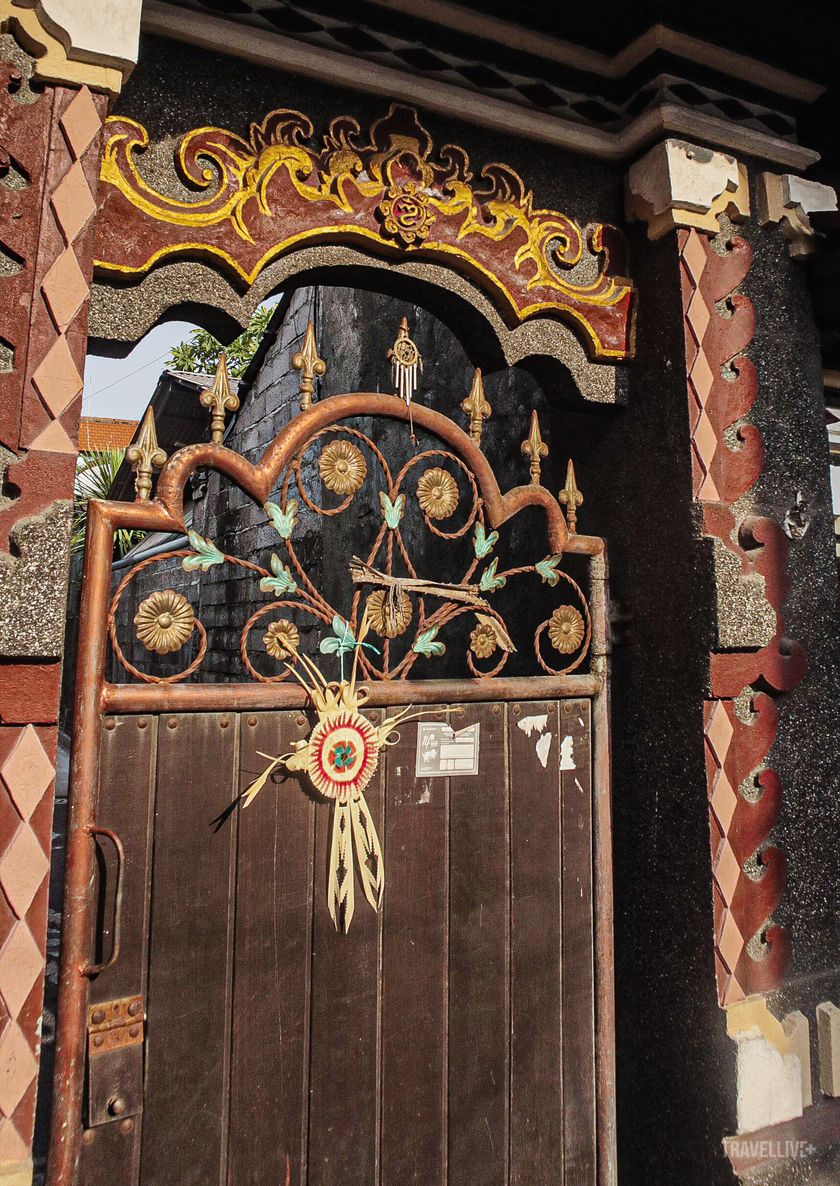
Most of the local houses in Bali have gates. They believe that these gates will protect them from bad luck and bring good luck and peace in life.
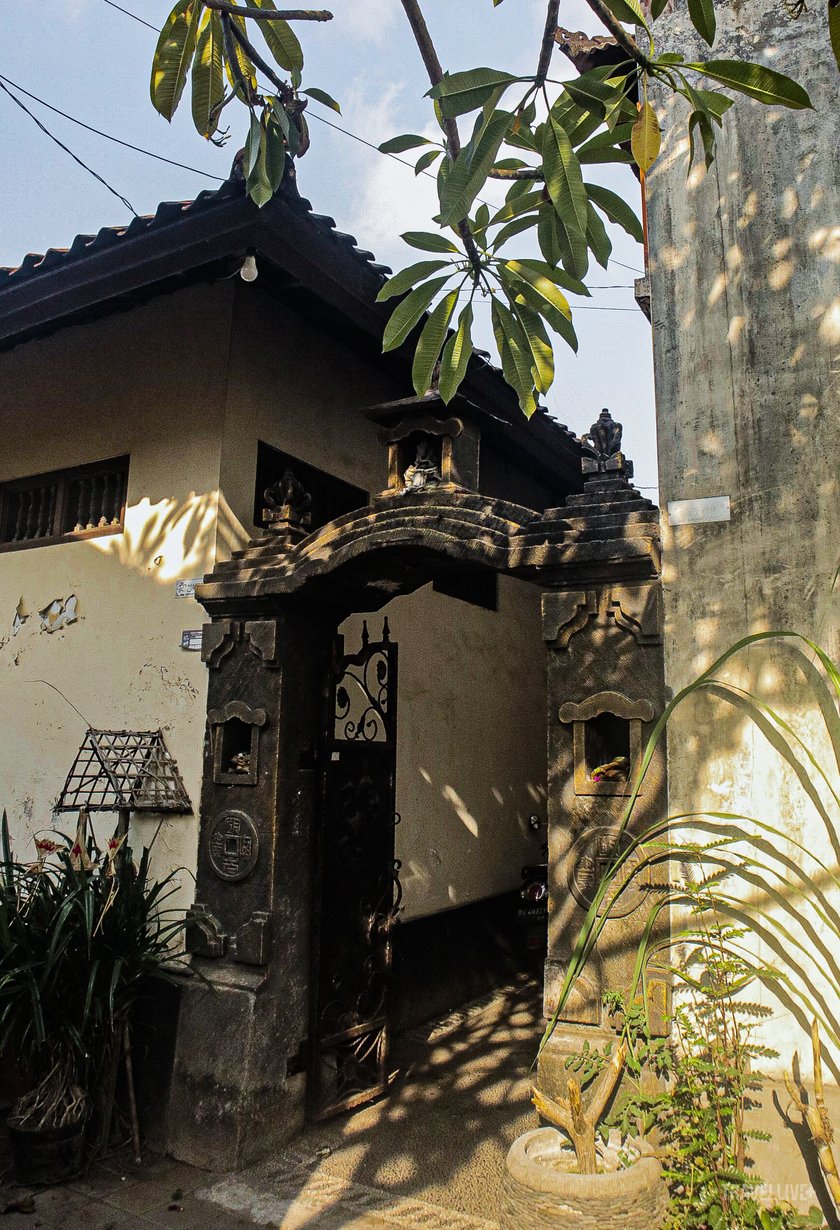
If you are not careful, you may mistakenly step into a local's house because the exterior structure looks like an ancient temple.
The Balinese believe in the power of nature, that all things are governed by spirits. Spirits and ancestors are highly respected and worshipped, which is why you will see the Balinese performing rituals regularly every day. Every morning from dawn, they offer Canang Sari and burn incense in almost every location of the house: temples, cars, motorbikes, gates in the walls that separate different living spaces.
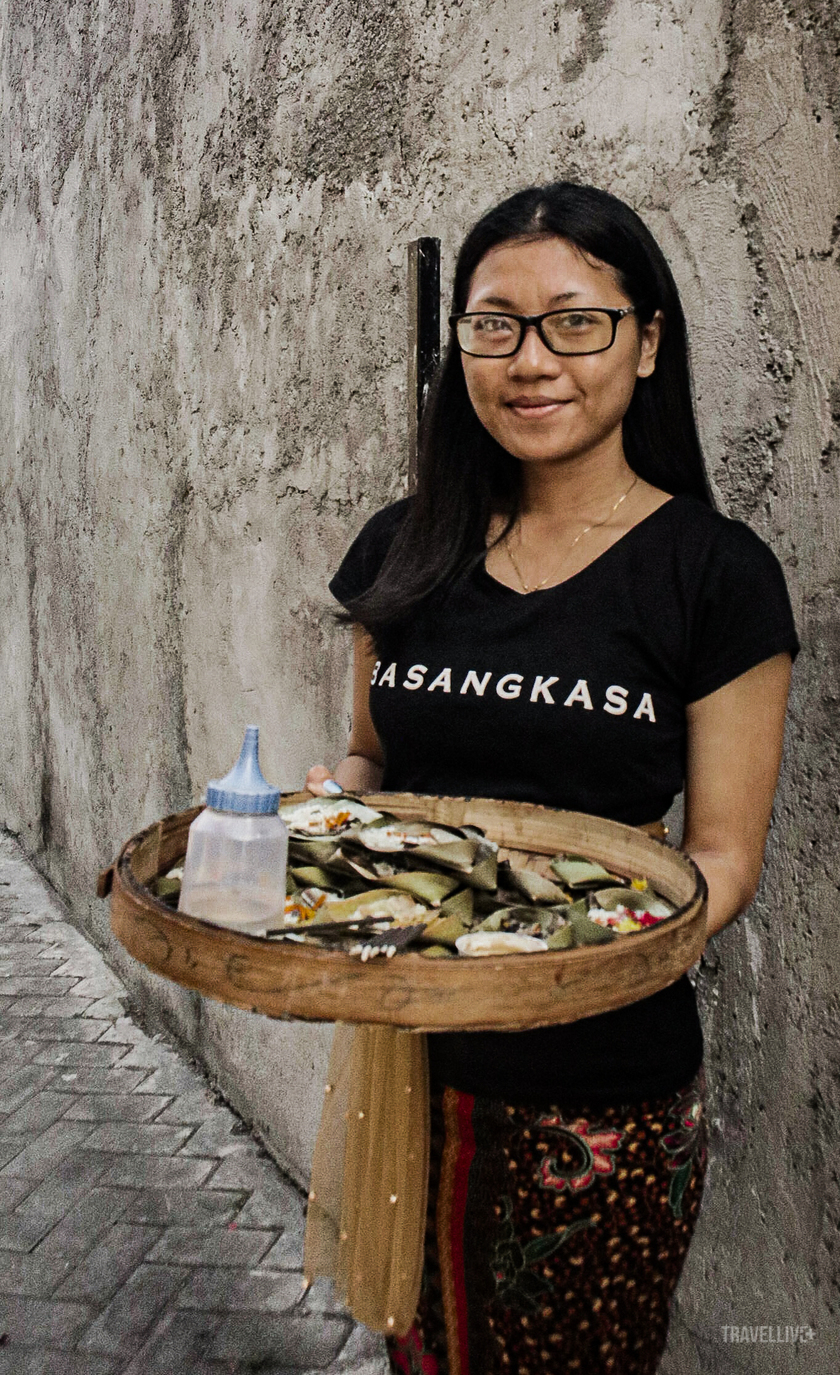
Balinese women and the offerings they prepare every day
If Indonesia is the land of thousands of islands, Bali is known as the land of thousands of temples, with more than 20,000 temples spread across the island. It is the strong development of Hindu religion in Bali that has turned this land into the island of the gods.
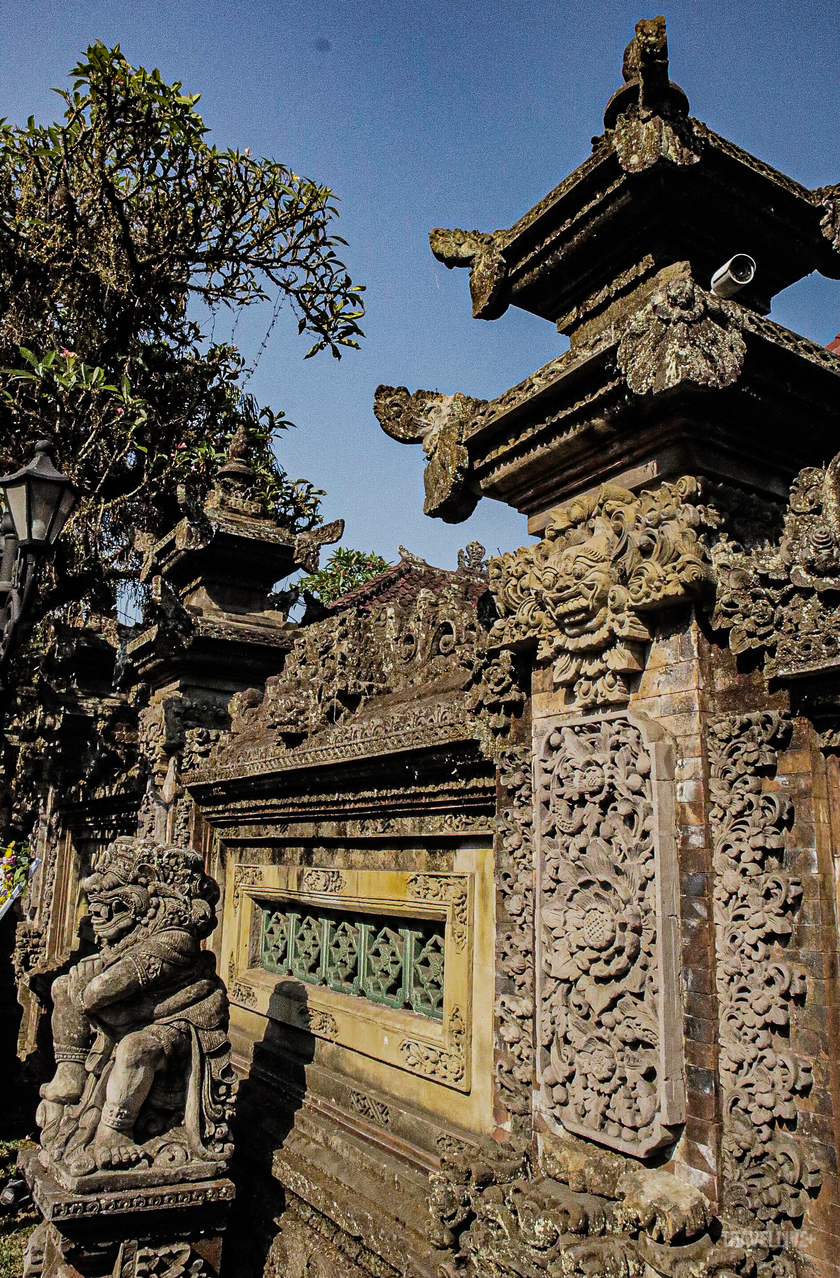
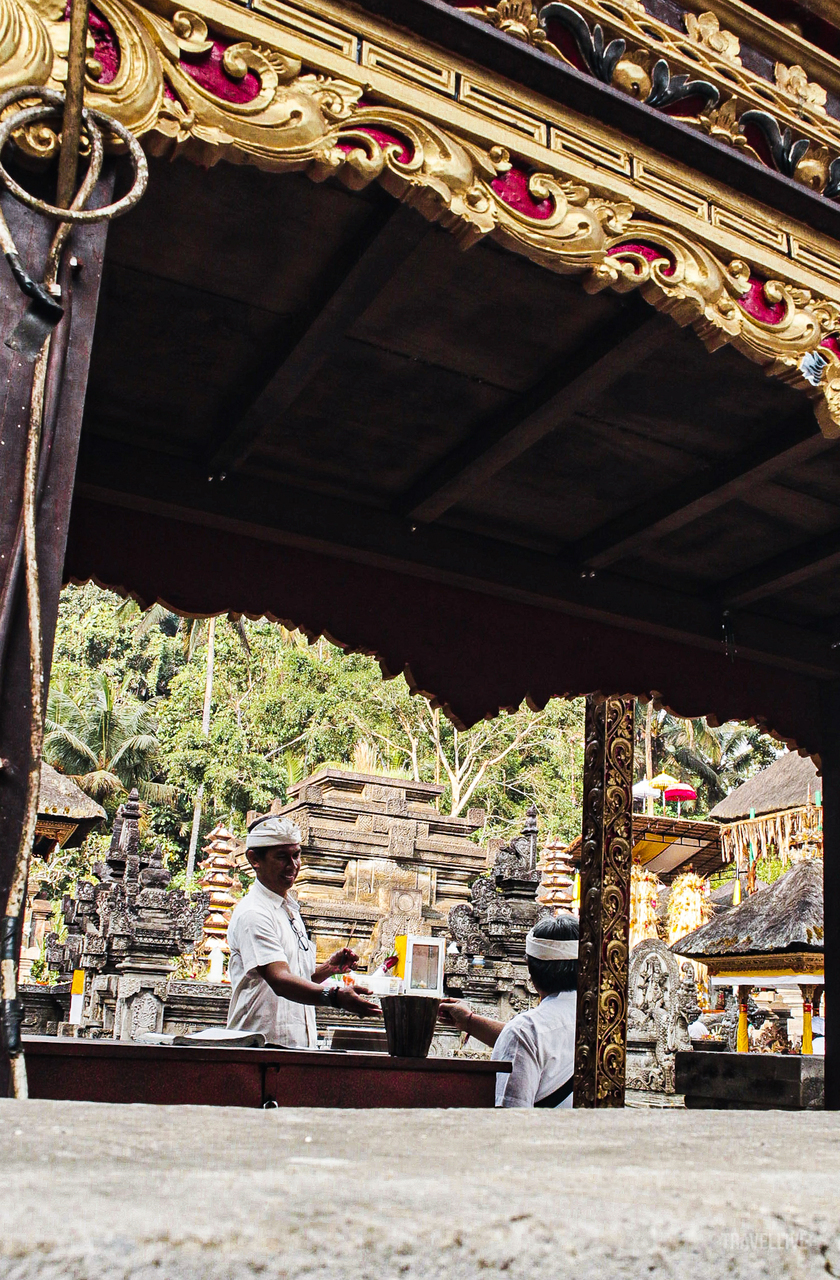
Exterior and interior view of a Hindu temple in Bali
In Balinese culture, Candi Bentar gates are the bridge between the physical and spiritual worlds, between life and death. When you visit a temple in Bali, Indonesia, the first thing you will see is the bifurcated gates, also known as Candi Bentar.
To explain the significance of Candi Bentar, the Balinese have a legend that tells of the splitting of Mount Meru, the mythical golden mountain at the center of the universe, which connects the heavens and the center of the earth. The Balinese believe that the mythical Mount Meru actually existed in the Indian subcontinent, and was then brought to Bali by the god Shiva and split into two.

The candi bentar (Bali gate) symbol can be found almost everywhere in Bali
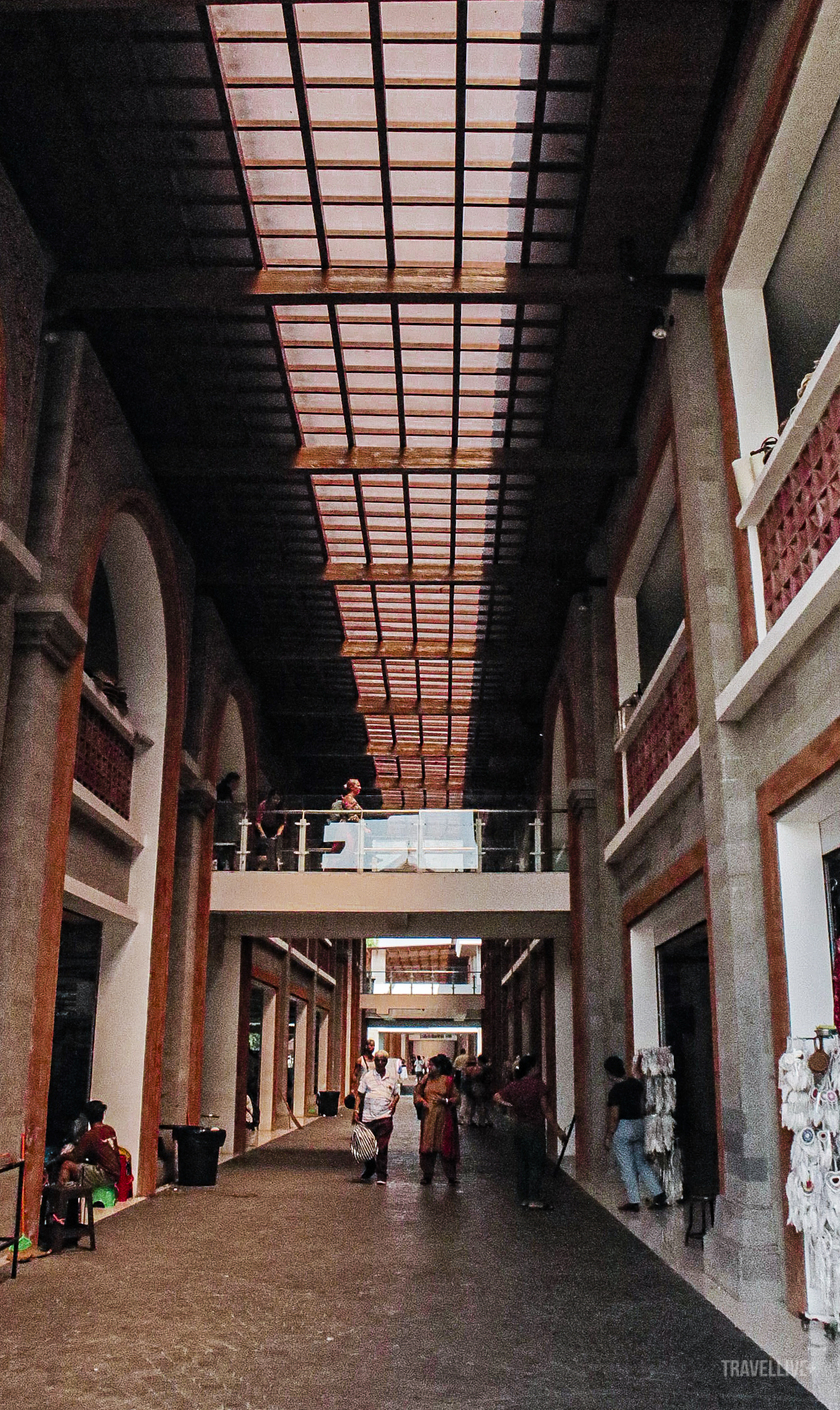
Inside a local market in Ubud town
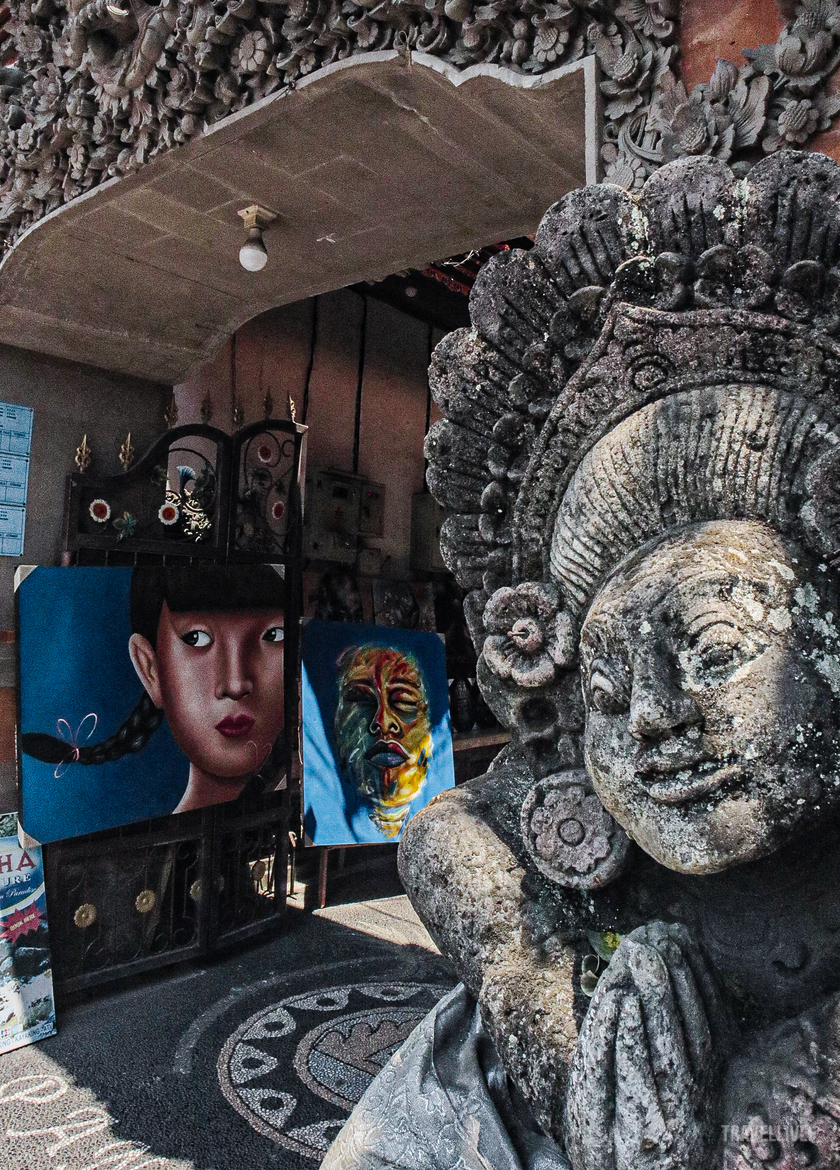
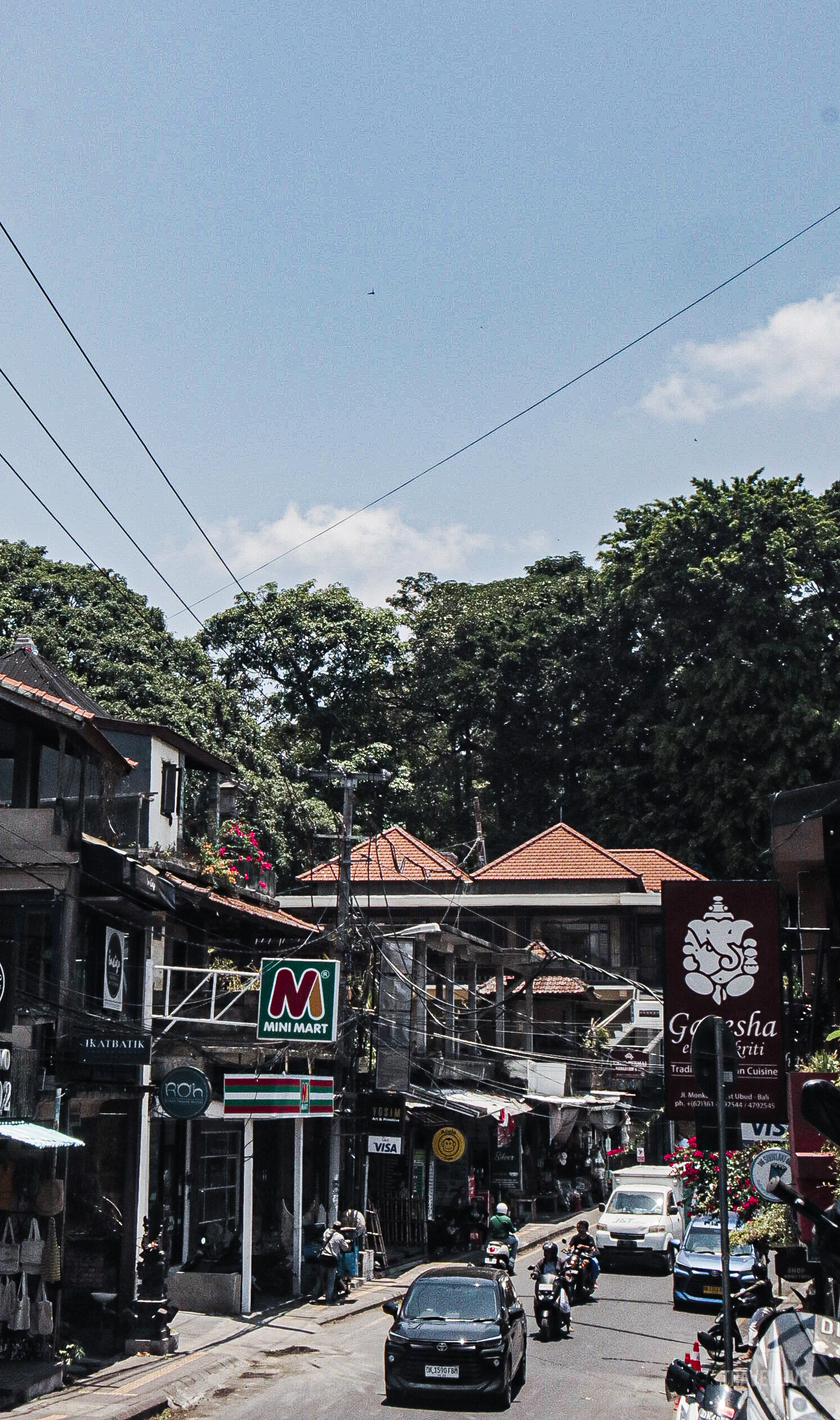
Street corners in Ubud town

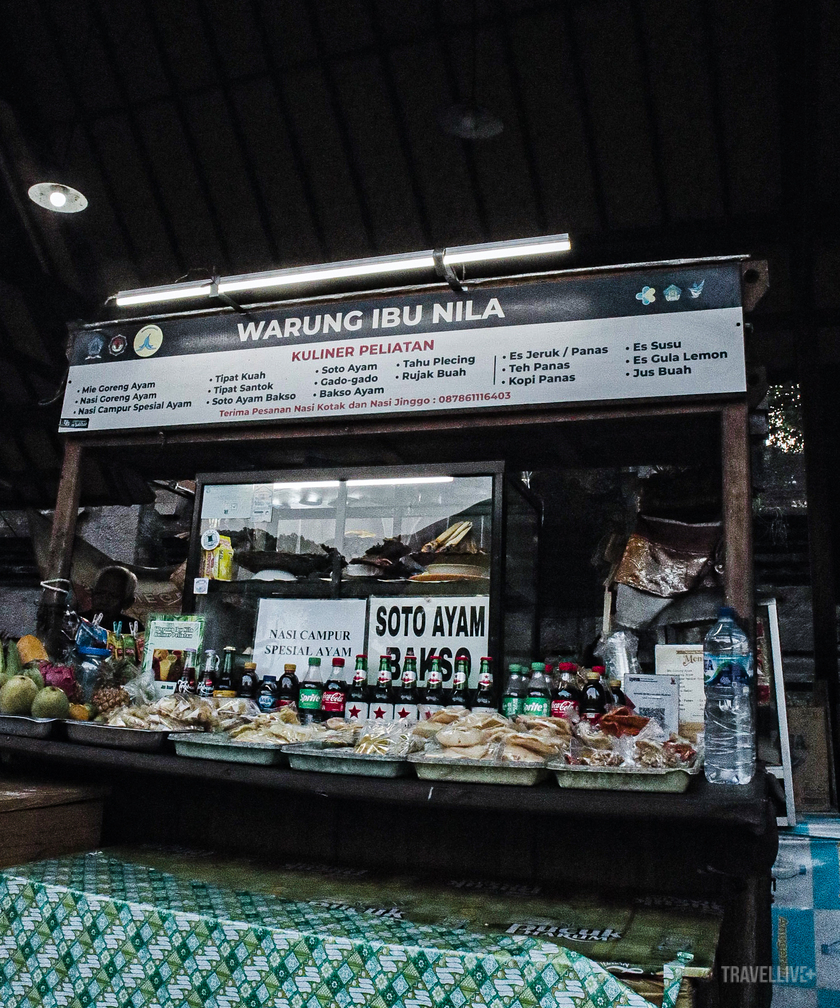
Unique features of local culture in Bali
Bali is a beautiful island and worth visiting. The island embraces the beauty of time, ancient from temples, houses to the traditional sarong costumes of the people. For travelers who love to travel and like to immerse themselves in cultural and religious stories, and at the same time, let your feet into mysterious lands of cultural collisions, come to Bali.
About the author: Thinh, a geopolitics and culture writer, currently lives and works in Ho Chi Minh City. Thinh is a visual storyteller in a reportage style. The author's stories are very personal shares from his personal perspective and feelings during his journeys around the world.



































